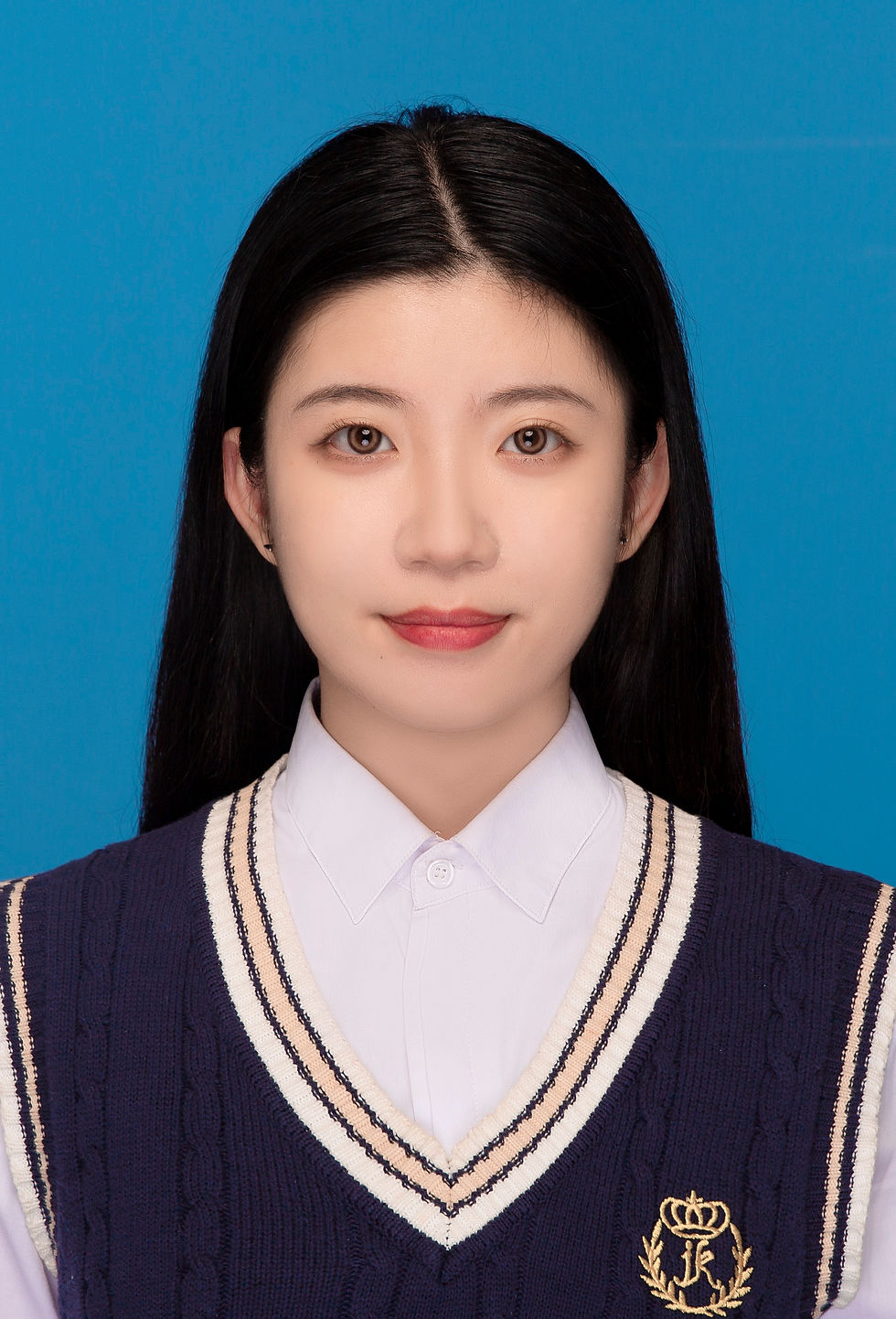Ilze Bule
- Česká sekce INSEA

- Jul 4
- 1 min read
7.2 Folk Wreaths as Head Ornaments – a Source in Art Education (Paper)

Ilze Bule – Riga Pardaugava Music and Art School, Latvia
Abstract:
Wreaths offer rich opportunities for art education activities in the classroom. This research is based on experience working with children aged 9–12 at the Riga Pārdaugava School of Music and Art. “Unexpected territories” are explored and discovered through the act of adorning the head and entering into a new image. How does an image emerge? How can we make crowns, and why? What materials should we use, and what thoughts should we weave into them?
The research investigates the contemporary conceptual crowns created by young artists, the head ornaments used by modern folklore ensembles, and those seen in advertisements. It also explores the historical and prehistoric roles of crowns: wreaths for young girls, oak wreaths for boys during the Līgo festival, and wreaths for the deceased. What are acorn crowns? What do the symbols and patterns on crowns represent—courage, protection, or other meanings?
Latvia has four cultural and historical regions, each with its own traditions. Where do we each come from? We can study and learn about our roots. Will we be making crowns digitally in the future? Younger children, especially girls, enjoy making wreaths from colorful synthetic materials, while in summer they often follow tradition by using real meadow flowers. Wearing a wreath can transform posture, movement, speech, and self-esteem. This is a vast, rich, and evolving field that continues to develop today, embracing new possibilities and materials to create new imagery.



Comments